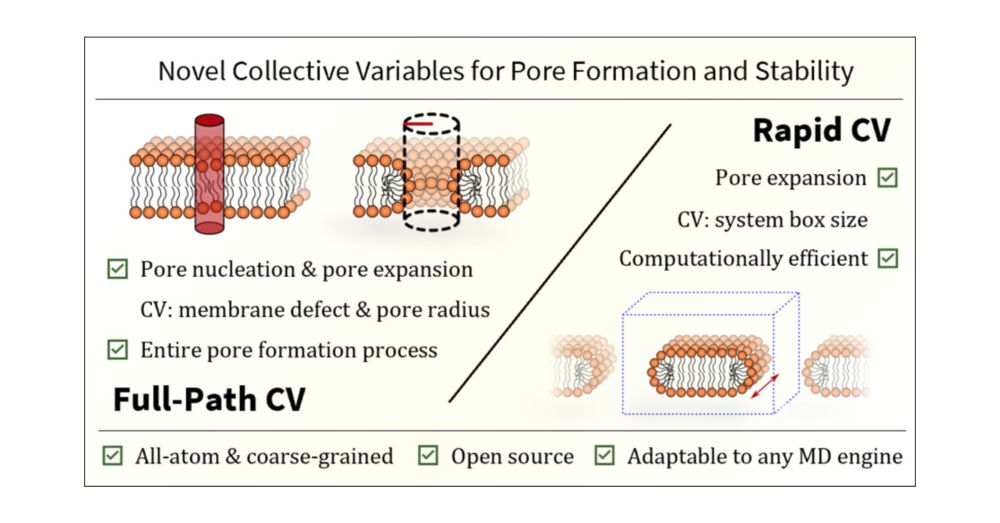@iocbprague.bsky.social, @ceitec.eu, and collaborators from #EPFL and Gdansk.
@iocbprague.bsky.social, @ceitec.eu, and collaborators from #EPFL and Gdansk.
www.biorxiv.org/content/10.1...

www.biorxiv.org/content/10.1...
doi.org/10.1021/acs....
doi.org/10.1021/acs....
doi.org/10.1016/j.ca...

doi.org/10.1021/acs....
doi.org/10.1021/acs....
doi.org/10.1016/j.ca...
pubs.acs.org/doi/10.1021/...
Good job!

pubs.acs.org/doi/10.1021/...
Good job!

